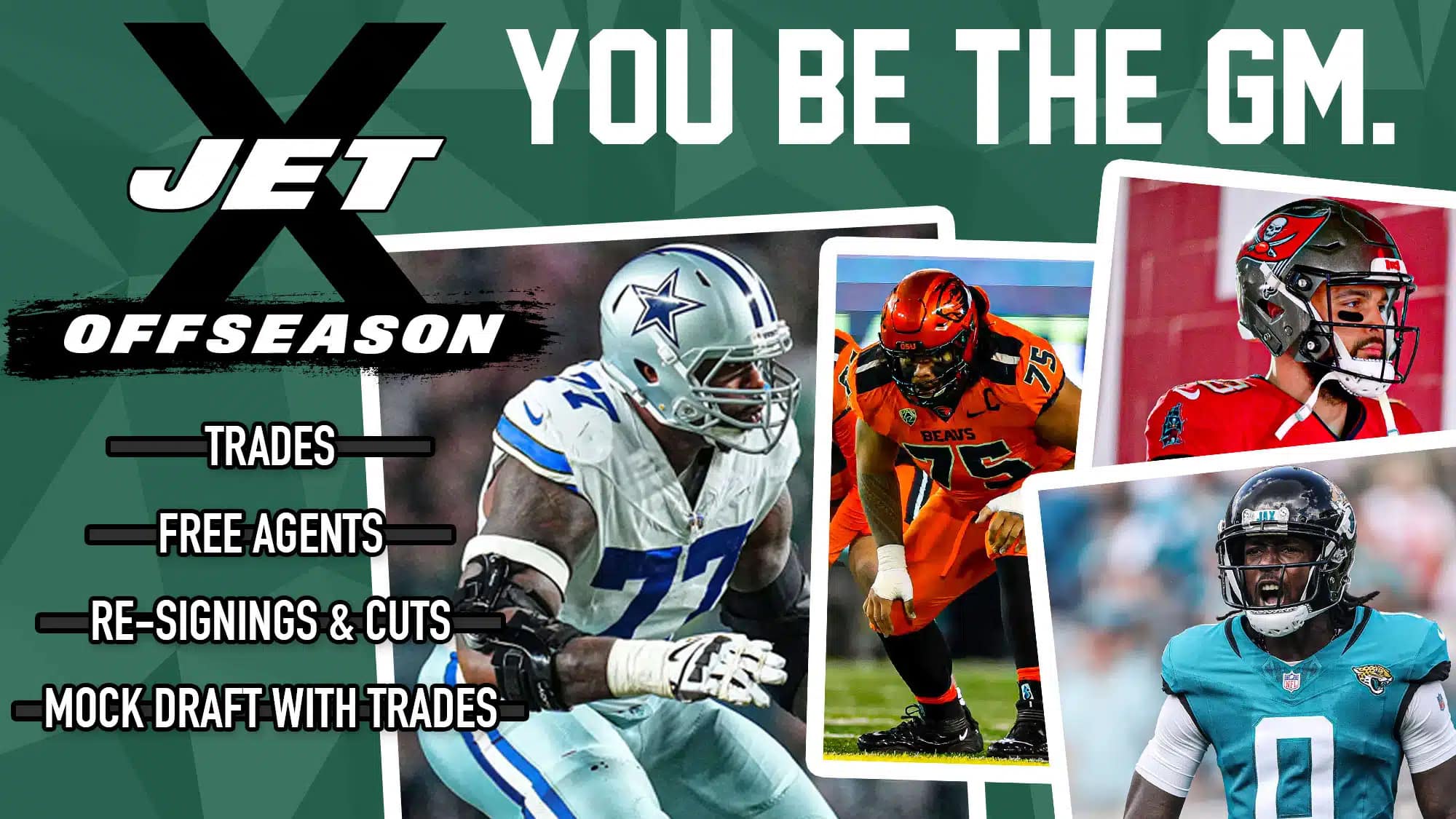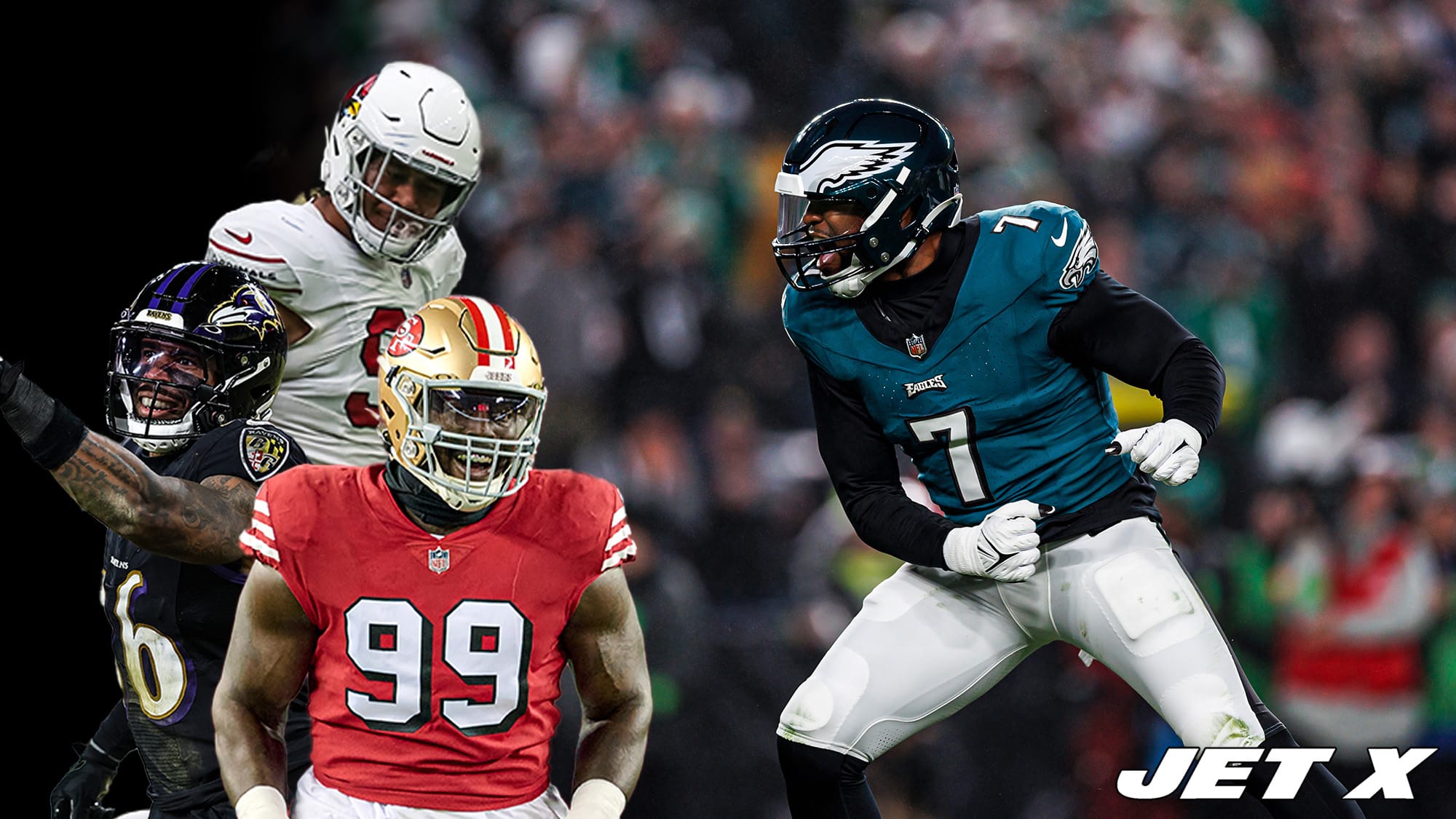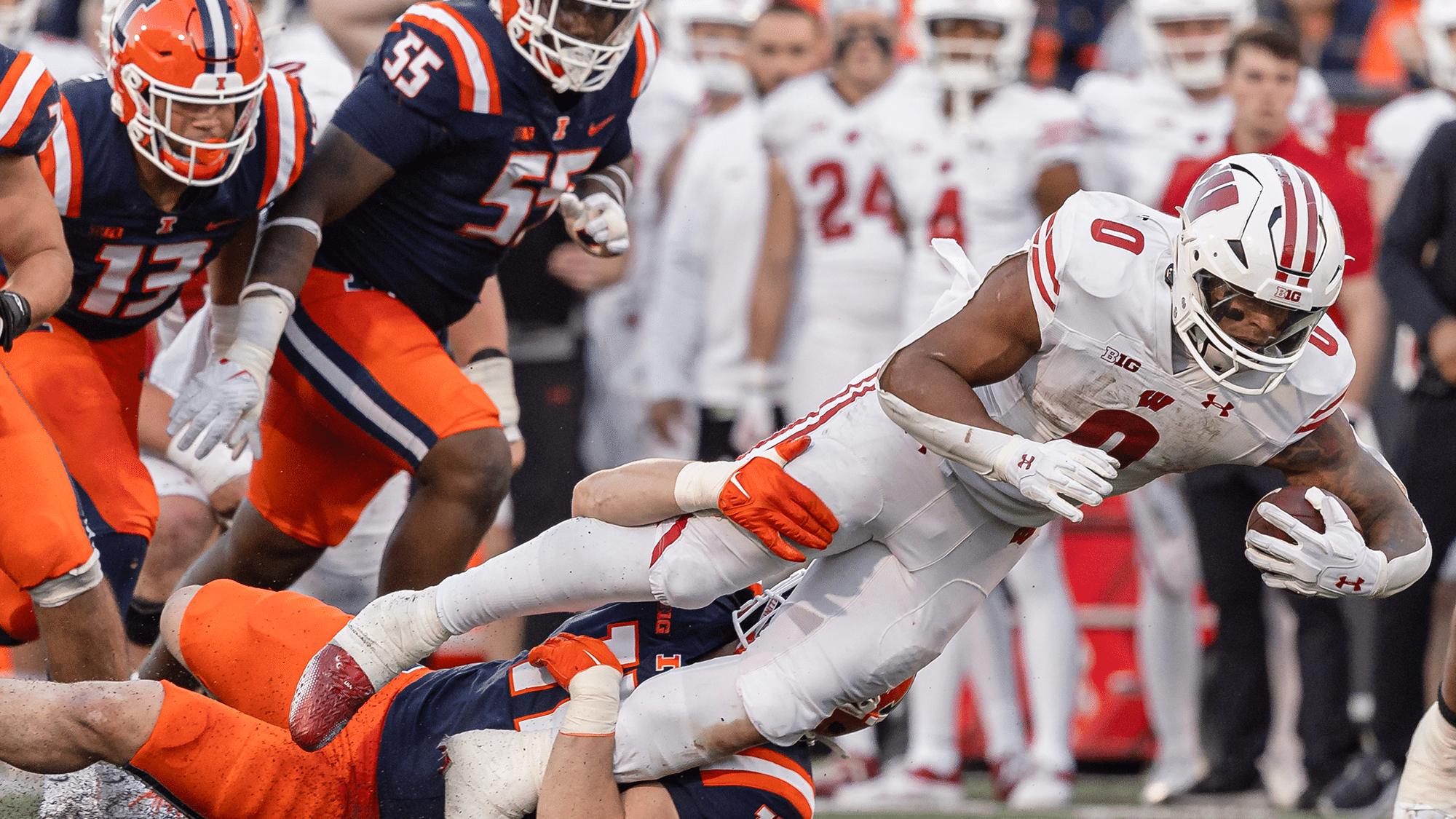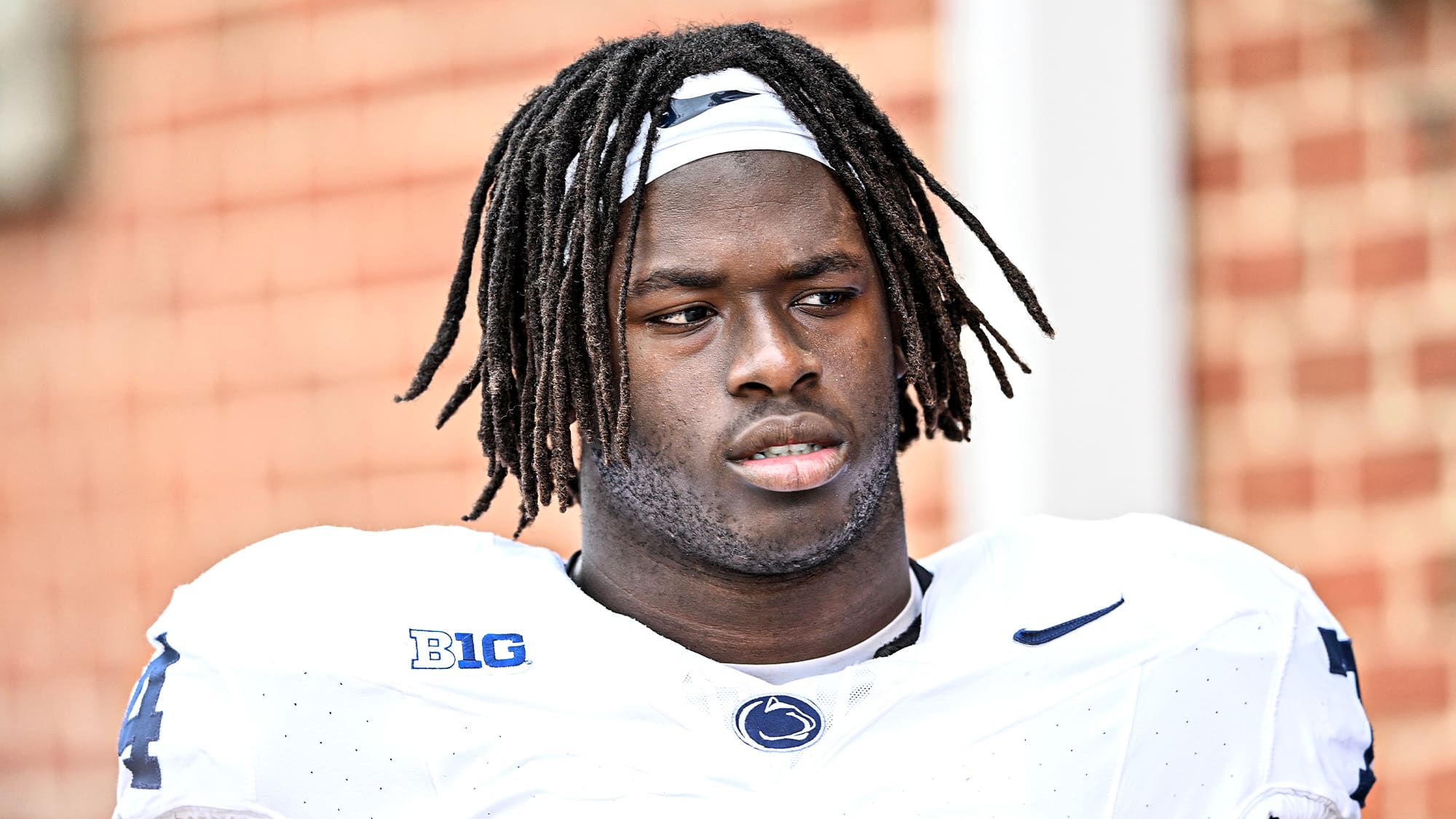How do Trevor Lawrence, Justin Fields, Zach Wilson, Mac Jones, and Kyle Trask compare when it comes to their styles of play?
Let’s compare the play styles of some of the top quarterback prospects in the 2021 NFL draft according to a few of their advanced statistics in 2020. Unfortunately, North Dakota St. quarterback Trey Lance will not be included as he only played one game in the 2020 season.
It’s important to keep in mind that these stats are stylistic. They are not indicators of a quarterback’s performance quality, but rather, a glimpse into his style-of-play (and that of the offense that he played in).
Air Yards Percentage
This stat tells us the percentage of a quarterback’s passing yards that were gained through the air.
A lower percentage means that a high portion of the quarterback’s passing yards were gained after the catch by his receivers. This suggests that he leaned on throws that promote yards after the catch, such as screens, checkdowns, slants, crossing routes, and other concepts over the middle. It could also mean the quarterback had some luck with his receivers making fantastic above-expectation plays after the catch.
A higher percentage means that the quarterback gained a high portion of his yardage through the air. This suggests that he leaned on throws that do not set the receiver up with a good opportunity to make a play with the ball, such as any out-breaking route or route along the sideline – typically further downfield.
- Justin Fields: 69.9% (4th of 154 qualified QBs)
- Zach Wilson: 62.3% (29th)
- Kyle Trask: 57.8% (62nd)
- Mac Jones: 47.8% (120th)
- Trevor Lawrence: 43.0% (139th)
Fields and Lawrence stand out with numbers on extreme ends of the scale. Fields relied heavily on his big arm, gaining nearly 70% of his yardage through the air on the strength of his many beautiful completions on deep post and go routes. On the other hand, Lawrence was one of the most YAC-reliant quarterbacks in the nation. He was certainly boosted in this area by Travis Etienne, who led all running backs in the nation with 636 yards after the catch, 142 more than any other player at the position.
Wilson also ranked near the top of the leaderboard, sitting at the 82nd percentile with 62.3% of his yards being gained through the air. His average of 6.8 air yards per pass attempt ranked second in the nation behind only Arkansas State’s Layne Hatcher. Fields wasn’t far behind, ranking fifth with an average of 6.5. Trask ranked 12th (5.6), Jones ranked 17th (5.3), and Lawrence ranked 79th (4.0).
Play: 👉 the Jet X Offseason Simulator
Pass Beyond The Sticks Percentage
This metric tells us the percentage of a quarterback’s passes that were thrown beyond the first down marker.
- Zach Wilson: 49.6% (30th of 154 qualified QBs)
- Kyle Trask: 47.7% (45th)
- Justin Fields: 45.1% (71st)
- Mac Jones: 44.3% (78th)
- Trevor Lawrence: 41.8% (98th)
Lawrence again checks in at the bottom among these five quarterbacks, but he did not rank nearly as low as he did in air yards percentage. His game in 2020 was clearly predicated upon the shorter and quicker throws.
Wilson led our five-player sample, tossing nearly half of his passes beyond the marker. With a top-30 ranking in both of the two metrics we have looked at thus far, he clearly played with an aggressive style at BYU.
Despite ranking fourth-highest in air yards percentage, Fields only ranked in the middle of the pack when it came to the percentage of his throws that went beyond the first down marker. This suggests that he was only about average in terms of how frequently he got aggressive, but no matter what range of the field he was working in, he still leaned heavily towards throwing the ball along the sideline rather than over the middle.
Average Time To Throw
How long did each quarterback hold the ball on average? There are a lot of factors that can play into this number, some of which are under the quarterback’s control and some of which are not, but it is an important piece of information nonetheless.
















